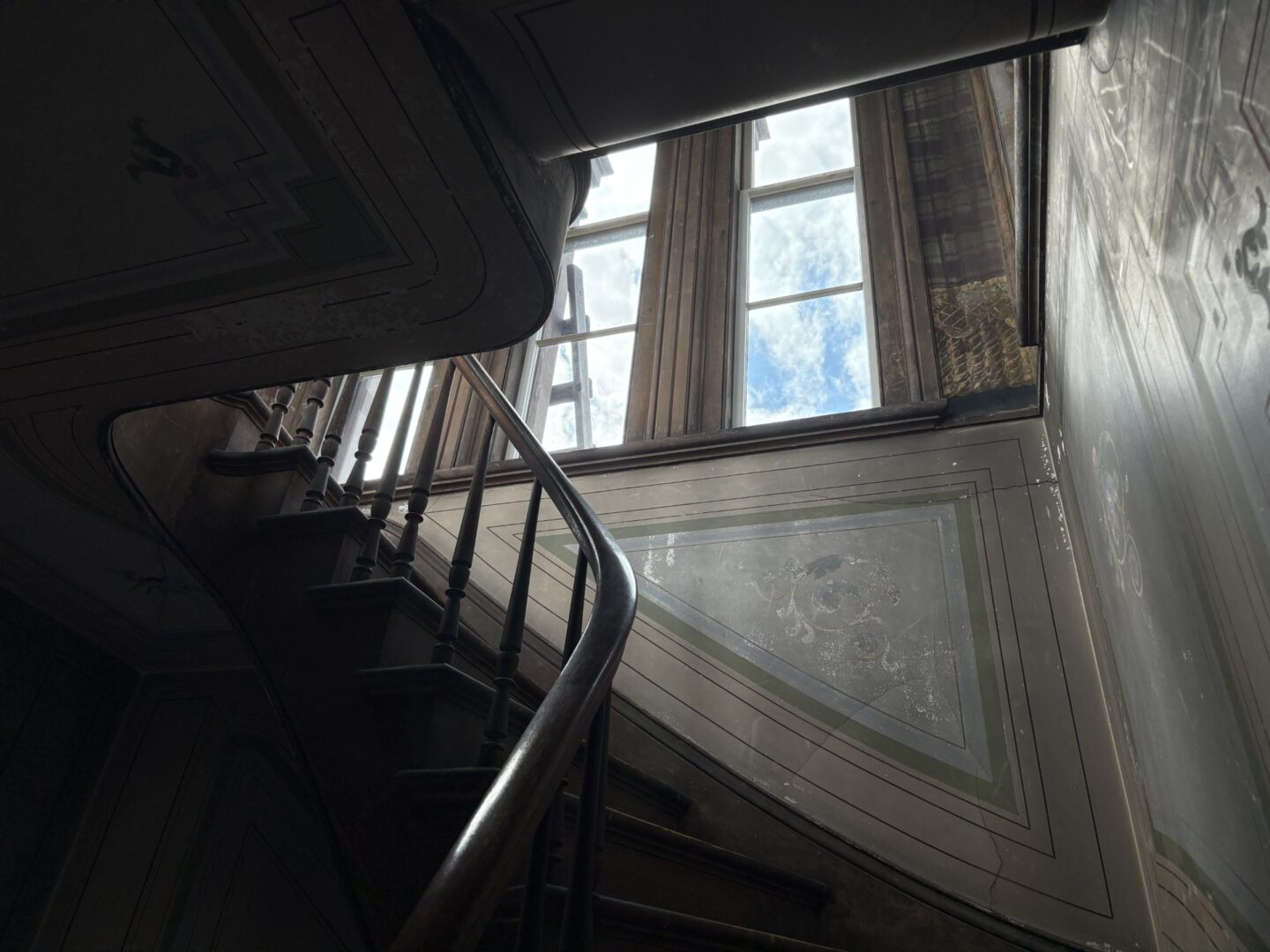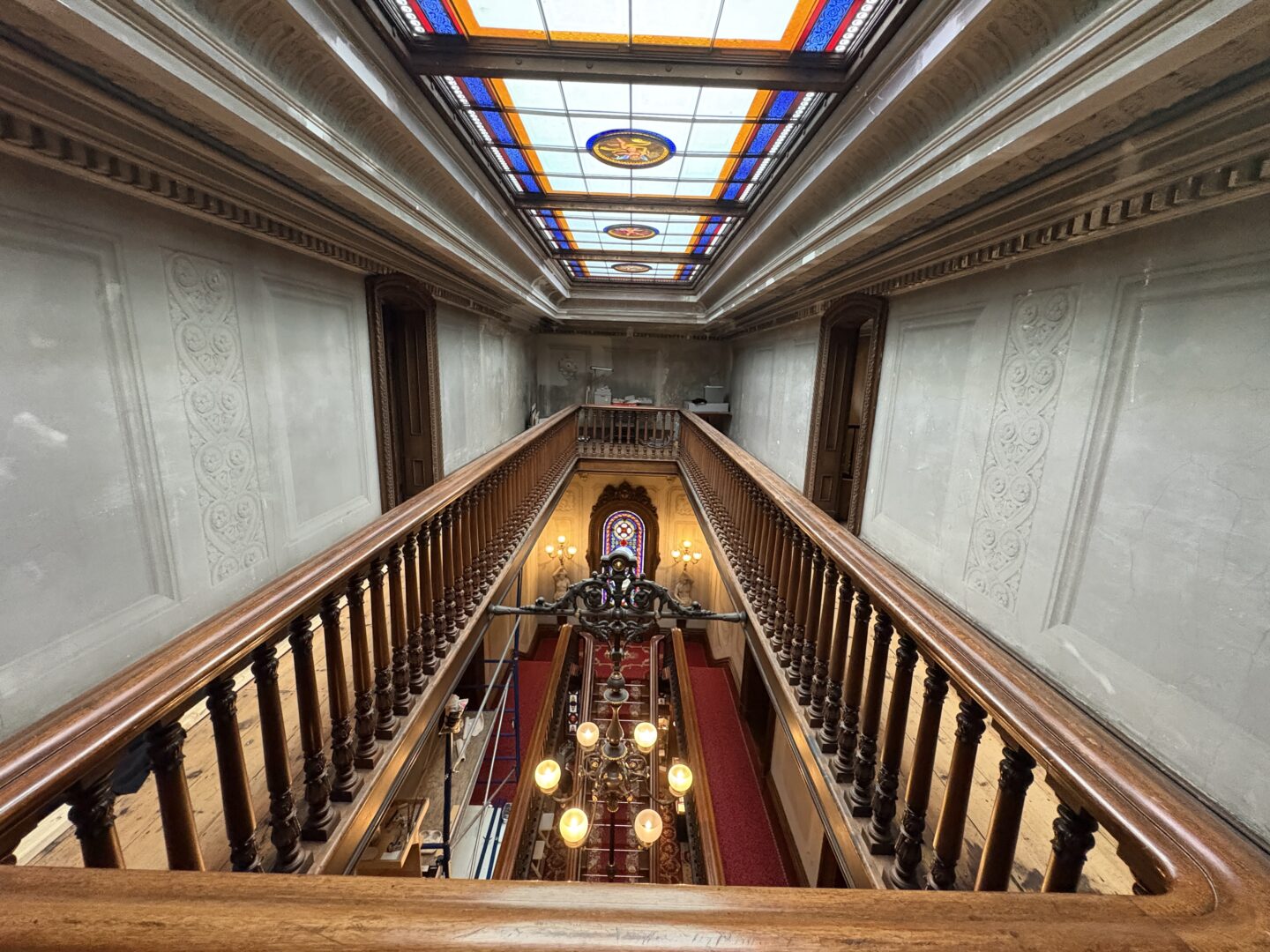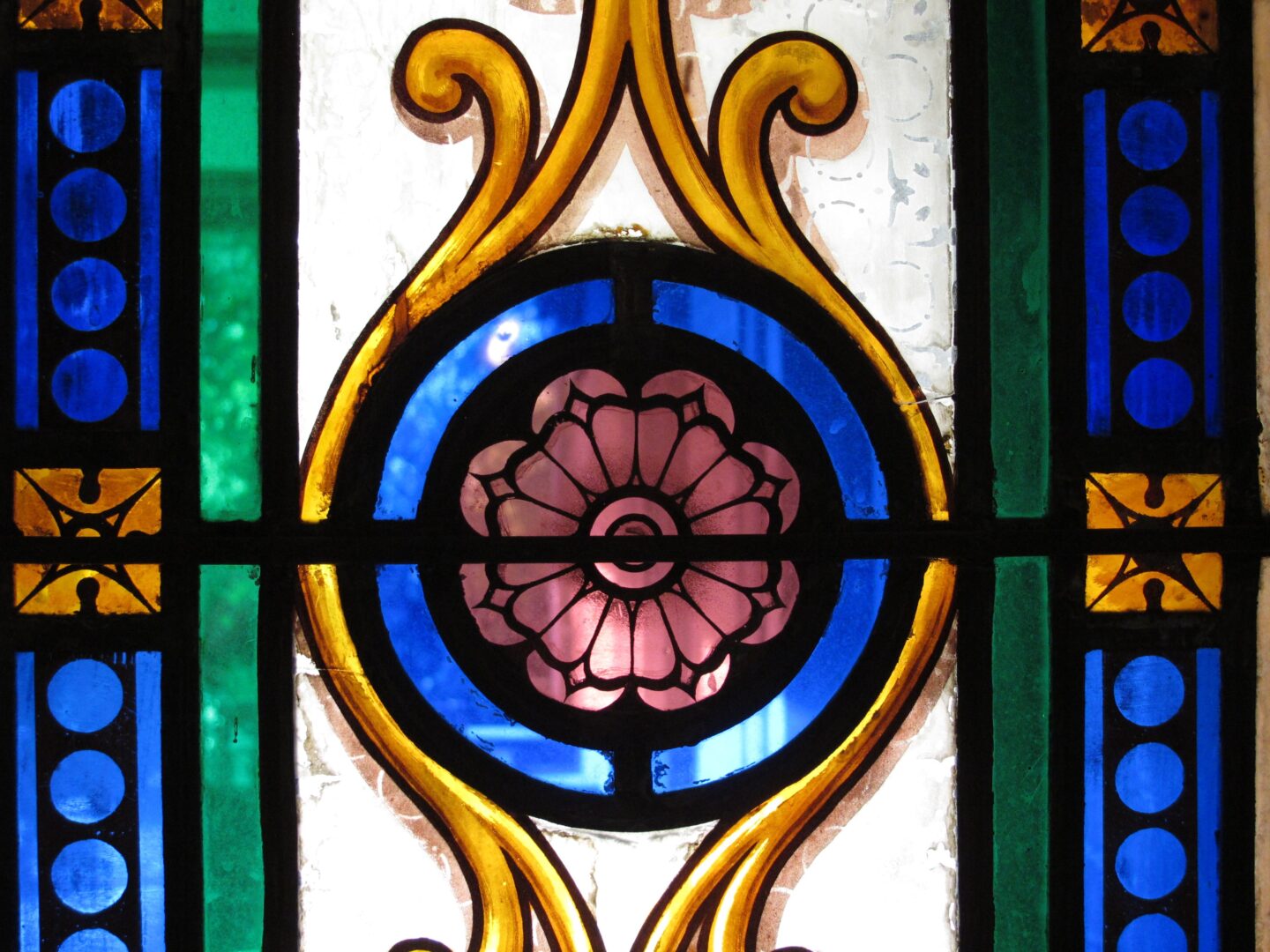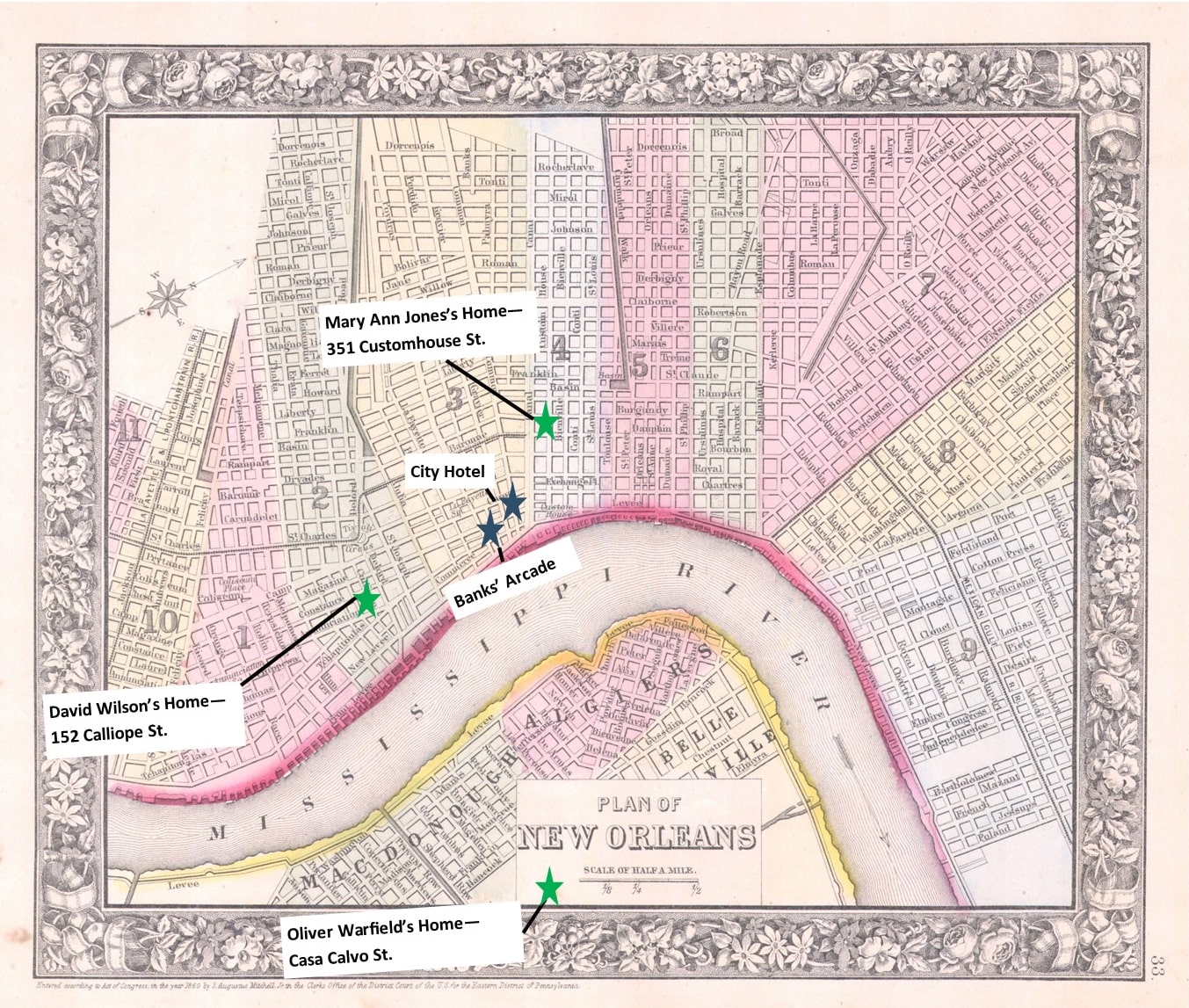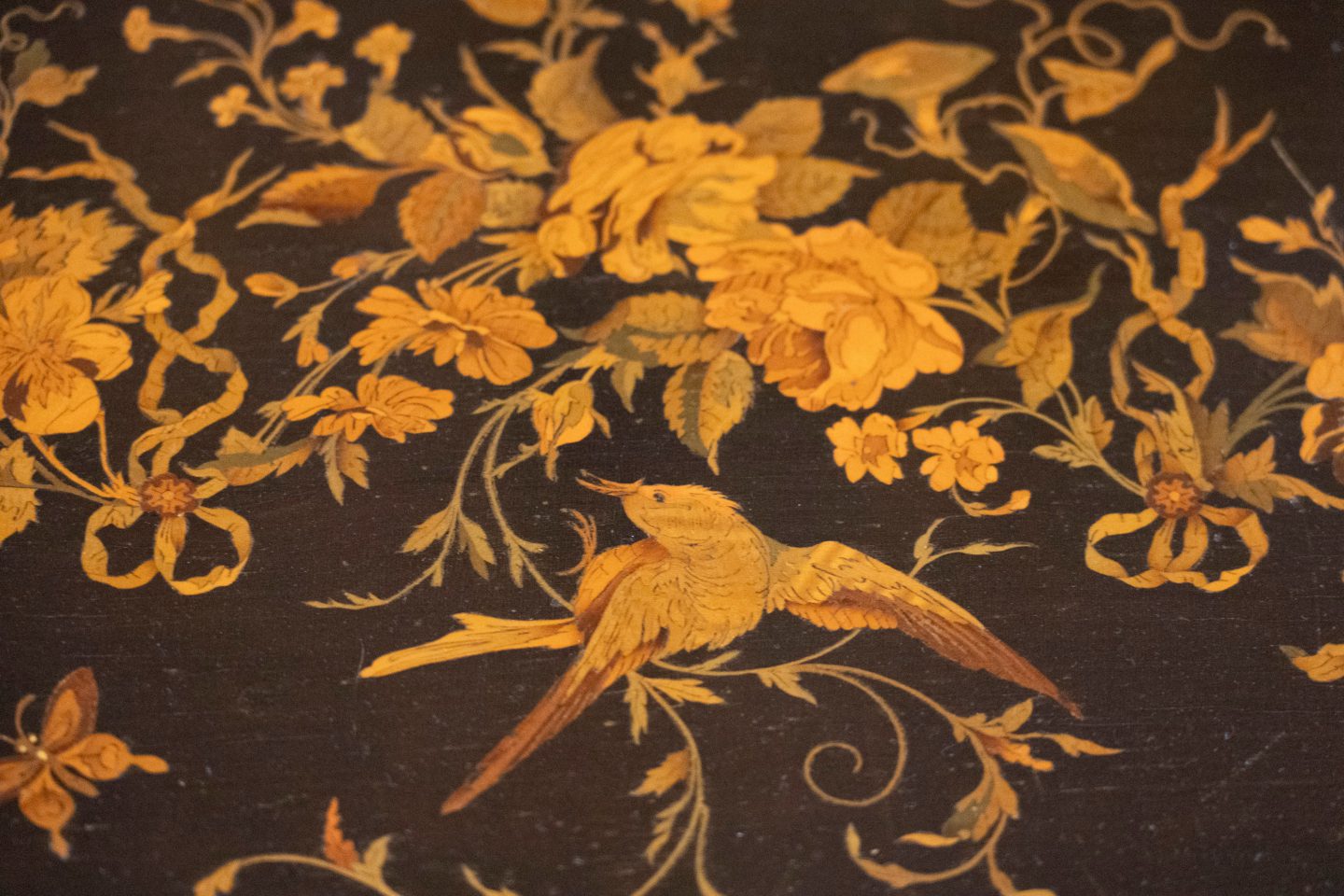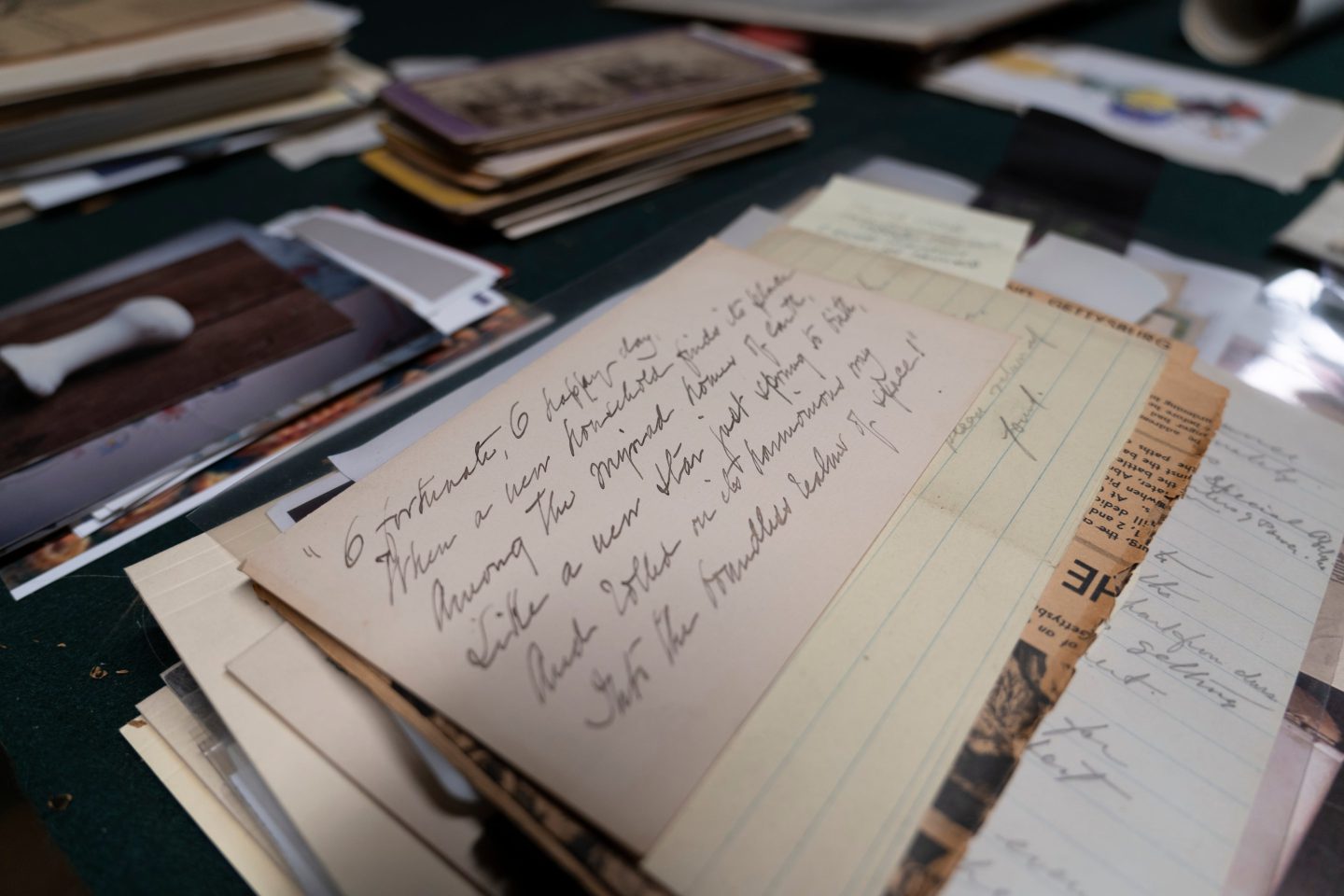
‘Unpacking’ the Parlor: A Cupid by Any Other Name
Blog
News
Research
February 13, 2019
As we remove and rehouse the Parlor’s schematic furniture and furnishings, those rotund, infantile figures adorning the room’s walls and ceilings become all the more apparent.
Most visitors to the Mansion immediately recognize all the room’s figures as “cherubs”- those angelic, winged and usually haloed unearthly abettors to God. Though we know these figures to be one in the same today, it wasn’t always so– particularly in ancient times. And as much of the Mansion’s decoration harkens back to the ancient word, it often commands an ancient unpacking.

Cherubs first appeared in biblical tradition and Middle Eastern iconography as pious attendants to God. However, with the introduction of Cupid/Eros in Greco-Roman mythology, the true ulterior motive of these plump beings evolved to a more nuanced representation of human nature. As Cupid was the son of Aphrodite (the goddess of beauty and earthly or salacious love), his attendants, who became known as “putto,” had a decidedly different connotation when they shot arrows of love into their unsuspecting victims than their more sanctimonious cherubic brethren.
The next time you’re in the Parlor, perhaps the best example of integrated design in the Mansion, take a closer look at these figures. The cherubs represent the liberal arts in the corners of the ceiling and are shown doing other more ‘wholesome’ activities on the walls, while the putto are shown mischievously playing in the roundels above the room’s mirrors and shooting arrows from the gasolier. Though the wall and ceiling decoration are but one element in Gustave Herter’s overall design concept of the room, both sides of the coin of love– love for God and love between mere mortals– are presented.
